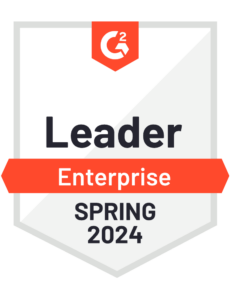How Technology is Changing the Role of the Accountant
Blog post
Share
Number crunchers, bean counters, ledger attendants. Whatever your favorite (or least favorite) nickname for accountants, those terms are stuck in the past. They hark back to the days where the accountants’ primary role was to count incomings and outgoings and make efforts to balance the two.
Those days are long gone, with 2-in-5 accountants recognizing they are already acting as a ‘consultant’ or ‘adviser’ in their current role.
Yet the nicknames and other stereotypes persist. As we enter a new decade and a new era of accounting, where teams are empowered by the latest cloud-based technology, and act as strategic business advisors as much as they keep track of the balance sheet, surely it’s time for that to change.
While the industry is evolving at the fastest pace since the invention of double-entry bookkeeping, a pace that continues to accelerate, here are just a few of the ways that technology is changing the role of the accountant, and why the old nicknames are so wrong.
Moving away from manual
Today, the vast majority of business – even relatively small ones – use some kind of accounting software to move away from the onerous manual aspects that were common to the job in decades past. This technology captures data points from invoices, receipts, timesheets, etc. to generate dashboards and reports that allow accountants to gain quick, near real-time snapshots of the financial position.
For some of the most monotonous – but important – tasks, such as financial close, dedicated software is available to help ease the burden. Where once transaction matching may have meant a frustrating combination of printouts and pens, going through accounts line-by-line, the software now matches the vast majority of transactions automatically, leaving only a handful of exceptions for accountants to worry about. Rather than spending days pouring over spreadsheets, they can pull up a huge range of graphs and data visualizations enabling them to glean intelligent and actionable insights on business operations to present to the CFO, and in turn, the C-suite and board.
Embracing automation
Moving data from paper-based processes to spreadsheets and now dedicated software suites have many benefits. Not only does it provide a “single source of truth” that the whole team can readily access and work from, improving communication in the office of finance, it also allows new ways of tackling routine tasks and workflows.
With all the data sat in one system, and tasks involving tightly controlled, repeatable processes, much of the work accountants used to have to clear during the close can be automated. Indeed, so much so that the ‘close’ can be run continuously throughout the financial period in question, spreading the workload much more evenly throughout the month or quarter, and giving accountants much more time to focus on their new and interesting forward-looking tasks.
Insight-led Accounting
Once pried away from their calculators and equipped with a wealth of data and dashboards accountants can unleash their creativity and showcase their strategic thinking. The changes to the office of finance – be that the adoption of new technologies at the bottom, to the increasing convergence of the CFO and COO roles at the top – are having a marked impact, not just on how the office of finance works and integrates with the business, but down at an individual role and task level too.
Now empowered by technology, and in roles more akin to business advisors to the accountants of yesterday, these finance professionals act as ambassadors for their analytical engine of growth, liaising with other departments to catalyze change, add weight to decision-making, and move the business closer to achieving its goals.







